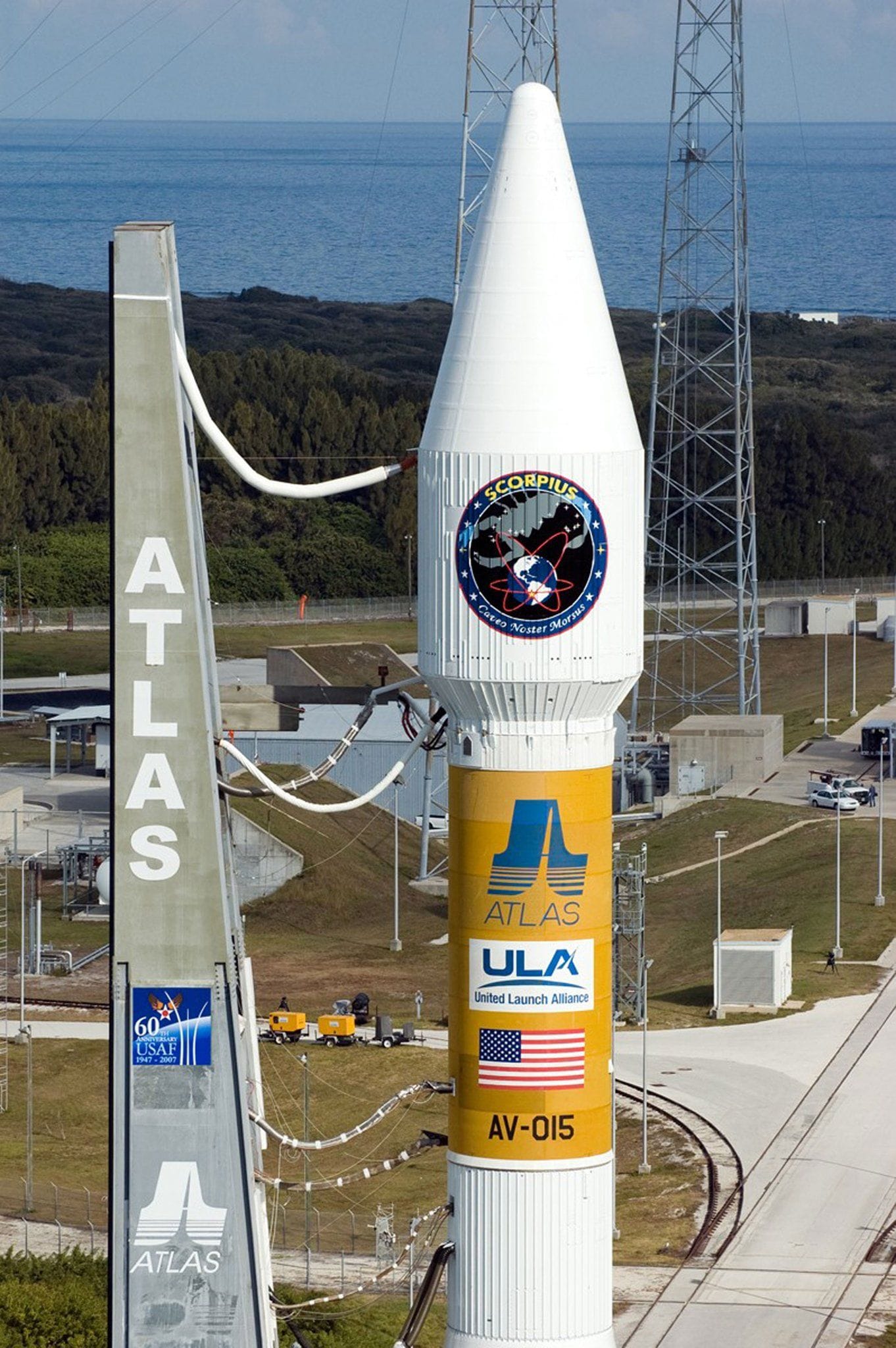The United States Space Force has released a projection suggesting that United Launch Alliance (ULA) will likely execute more national security space launches than SpaceX in 2025. This projection, based on currently awarded contracts and anticipated launch manifests, marks a potential shift in the dynamics of the commercial space launch industry’s involvement in national security missions. The Space Force’s decision-making process regarding launch provider selection involves a comprehensive evaluation of various factors. These factors encompass not only cost-effectiveness but also critical considerations such as mission reliability, launch vehicle capabilities, and the overall security and trustworthiness of the launch provider. The assessment also accounts for the specific needs and requirements of each individual mission, as mission parameters can vary considerably.
ULA, a joint venture between Boeing and Lockheed Martin, possesses a long-standing history of providing launch services for the U.S. military and intelligence communities. Their extensive experience and established track record in handling sensitive national security payloads contribute to their continued selection for these critical missions. ULA’s Atlas V and Delta IV rockets have proven to be highly reliable platforms, exhibiting a consistent record of successful launches. This reliability is a key factor in the Space Force’s assessment of launch providers, as mission success is paramount in national security operations.
SpaceX, a company founded by Elon Musk, has rapidly emerged as a major player in the commercial space launch sector, offering significantly lower launch costs than traditional providers like ULA. SpaceX’s Falcon 9 and Falcon Heavy rockets have demonstrated impressive capabilities, and the company has achieved a high launch success rate. However, the Space Force’s projection suggests that, at least for the year 2025, ULA is anticipated to secure a larger share of the national security launch market. This does not necessarily reflect a diminished role for SpaceX in future national security launches, and the competitive landscape remains dynamic. Future contract awards and emerging technologies could easily shift the balance in subsequent years.
The projection for 2025 highlights the multifaceted nature of the selection process for national security space launches. While cost-effectiveness is a significant consideration, it is not the sole determinant. The Space Force prioritizes mission assurance and the successful deployment of sensitive payloads above all else. The choice of launch provider involves a thorough risk assessment, taking into account factors such as the provider’s experience, the reliability of their launch vehicles, and their ability to meet stringent security requirements. The decision-making process is rigorously reviewed and subject to multiple layers of scrutiny to ensure the optimal selection for each specific national security launch.
This projection also underscores the ongoing evolution of the space launch industry and its relationship with the U.S. government. The competition between ULA and SpaceX, along with other emerging launch providers, continues to drive innovation and efficiency in the sector. The Space Force’s decisions regarding launch provider selection are closely watched by industry stakeholders, providing valuable insights into the future trajectory of the commercial space launch market and its role in supporting national security objectives. Future developments in launch vehicle technology, commercial space policy, and the overall geopolitical landscape will continue to shape the dynamics of this crucial industry sector. The projection for 2025 represents a snapshot in time, and the competitive landscape is expected to evolve as new technologies emerge and contracts are awarded.



